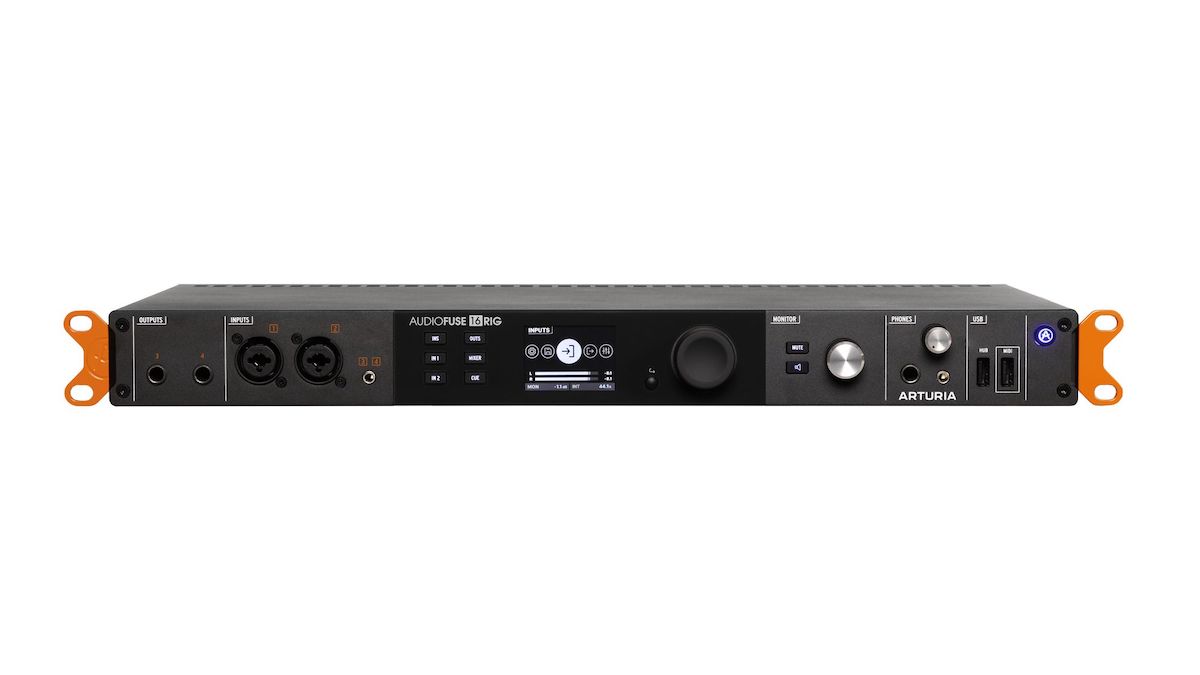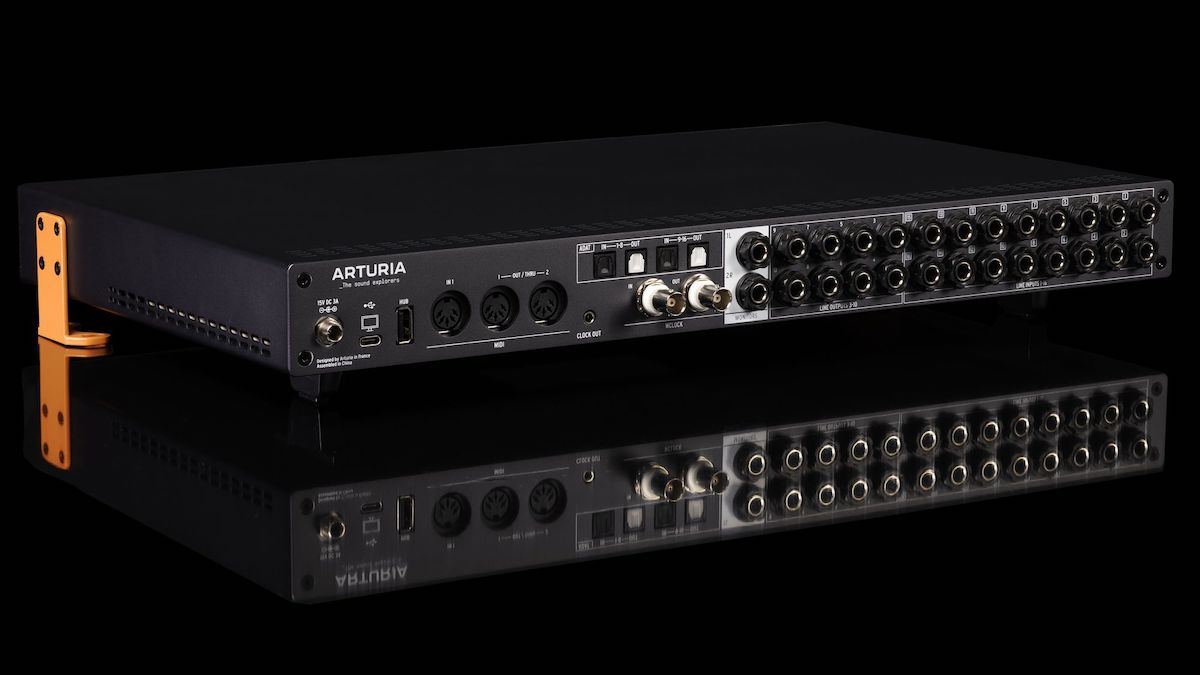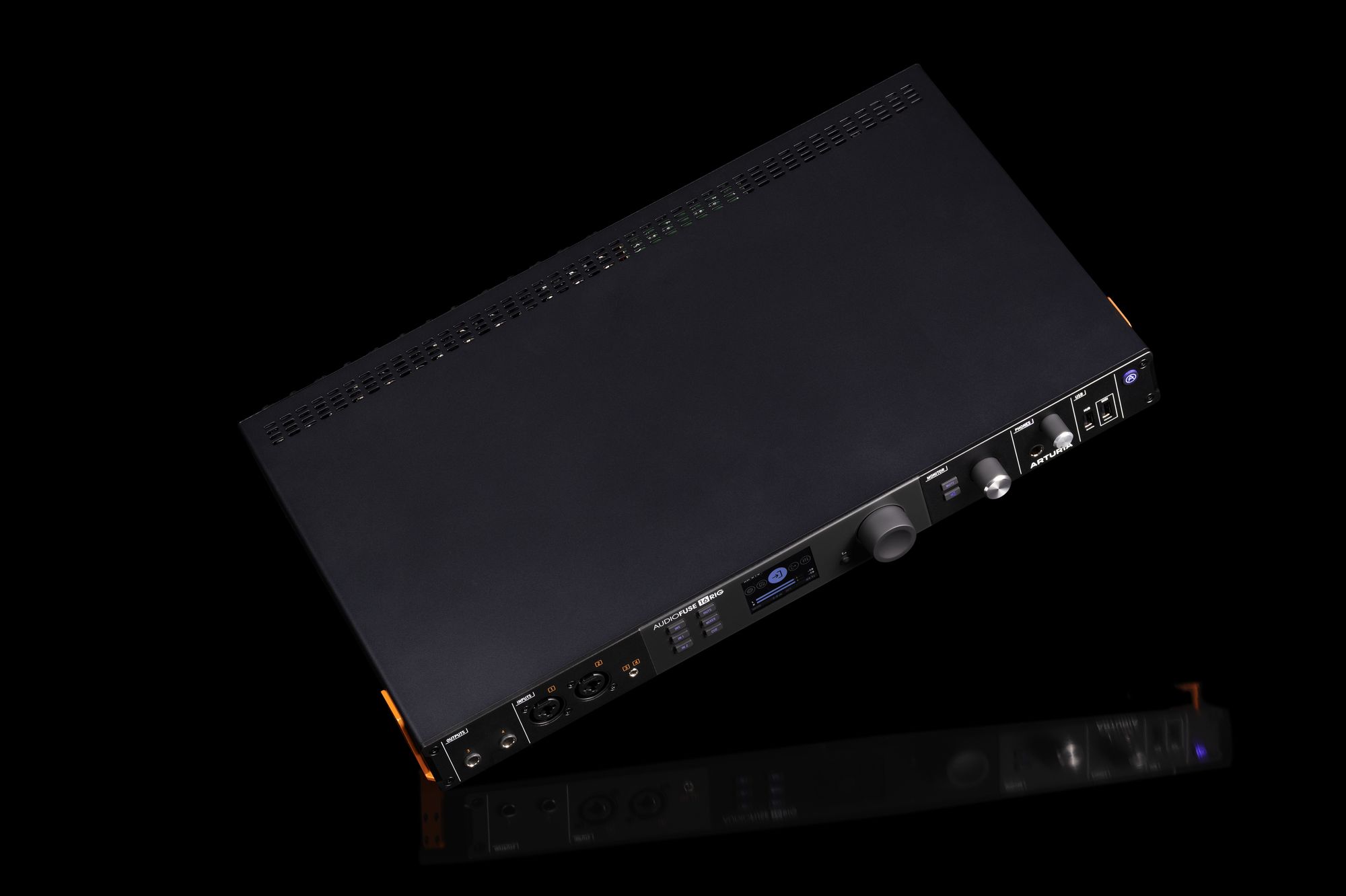Arturia's 'high density' 16Rig is the top of the AudioFuse range and ideal for your modular synths, analogue outboard and vintage keys
16Rig has more analogue ins and outs than any other AudioFuse and a matrix of connectivity options
Arturia has fitted out its new AudioFuse 16Rig with enough analogue connectivity that it can easily be the hub of your hardware synth studio. In fact it is the most connected of the AudioFuse range thus far.

It does seem incredible that the original AudioFuse was announced way back in 2015, although it wasn't ready for review until a couple of years after that. A very flexible and highly configurable interface it is too, with four analogue ins and multiple digital connectivity options.
Since then the AudioFuse range has been bolstered with the AudioFuse Studio, a 20-in, 18-out interface with four input channels, and AudioFuse 8Pre, another flexible interface with eight input channels.
Arturia then focussed on smaller and cheaper audio interfaces with its MiniFuses, but is right back at the top end of connectivity with its new AudioFuse 16Rig rack-mount/desktop interface.
It is 'high density' which means it adds more analogue inputs than any other Arturia interface, so is focussed on anyone with lots of hardware. That's you, Eurorack and synth users.

Yes, while other AudioFuse specs are bolstered with digital I/O, Arturia is aiming 16Rig's extra analogue connectivity at those of us with an increasingly hardware-based studio. So you get 16 analogue inputs (two with digitally controllable preamps around the front), a whopping 10 analogue outputs, plus up to four headphone outs.
There's digital connectivity too, with ADAT delivering another 16 channels plus a full complement of MIDI connectors. Heck, you can even use the interface as a USB hub with three extra USB-A sockets on top of its USB-C computer connector.
Get the MusicRadar Newsletter
Want all the hottest music and gear news, reviews, deals, features and more, direct to your inbox? Sign up here.
Rig16 has digital mixing built in and a ton of audio and MIDI routing, best dealt with by way of the AudioFuse Control Centre app, which looks like it will easily let you connect any inputs to any outputs you like, all by way of a routing matrix.

Arturia says that the two inputs around the front are great for plugging any any non permanent hardware to your setup and there's even a 3.5mm input next to them to plug your phone or other devices into.
While much of the routing and mixing can be done in Control Centre, 16Rig has been designed so that you can do pretty much everything from the front panel too, with a large dial stepping through main input, output, mix and setup menus, plus button options to take you to more important areas, faster.
AudioFuse 16Rig is clearly aimed at electronic music producers with lots of keyboards, sound modules, outboard and Eurorack gear. And really it's all about that routing, connectivity and mixing flexibility.
AudioFuse 16Rig is clearly aimed at electronic music producers with lots of keyboards, sound modules, outboard and Eurorack gear
Arturia wants you to use 16Rig in a setup where you can route your Eurorack through 16Rig into your outboard hardware and back again, all the time playing along with your vast vintage keyboard collection. Indeed it's so hardware focussed that Arturia claims its internal mixing takes the strain away from your DAW.
16Rig isn't cheap, but you do seem to get a lot of I/O and flexibility for this cash. AudioFuse 16Rig costs €1,299/$1,499 and you can get more info from the Arturia website.


Andy has been writing about music production and technology for 30 years having started out on Music Technology magazine back in 1992. He has edited the magazines Future Music, Keyboard Review, MusicTech and Computer Music, which he helped launch back in 1998. He owns way too many synthesizers.










